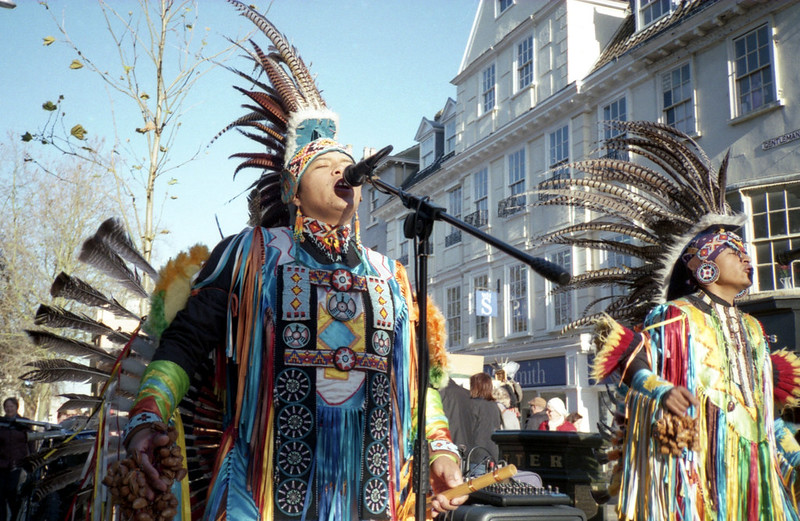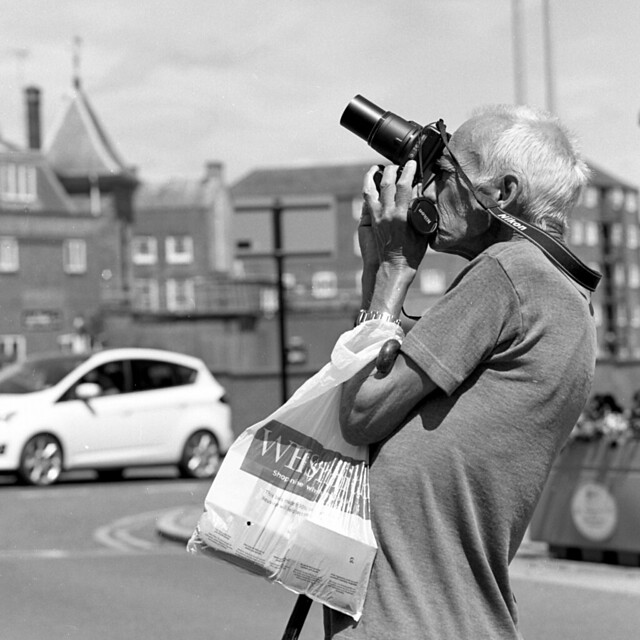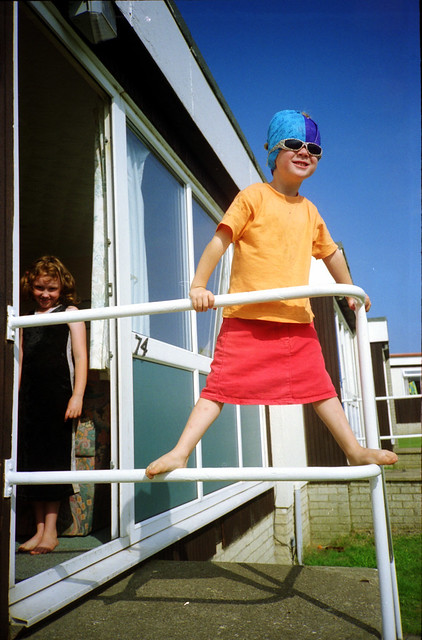
Yashica T2 loaded with AgfaPhoto Vista Plus 400 film.
I’ve been forcing myself to give both the 50p Camera (Olympus XA2), and b/w film a rest. Instead, the little time that I’ve had for photography, I’ve been using my Yashica T2 AF compact camera, loaded with cheap C41 colour film. Although I love b/w, the reality is that I have plenty of Poundland film in the fridge / freezer, that I bought a few years ago, for a quid each. Nice 36 exposure 200, and a few 24 x 400 AgfaPhoto Visa Plus. I can get C41 processed by a good local photolab for £2.50. This makes the film/process cost cheaper than any b/w film, at 9p per exposure on the 36 shot films. In addition, it seems a positive thing to embrace different gear and media on occasion.
The above photo was exposed onto the faster Poundland that was circulating a year or two ago, the AgfaPhoto Vista Plus 400. I like it so much, I’m going to use up my last few cassettes of it next.
Using the Yashica T2 V Olympus XA2
I have been using the Olympus XA2 (c.1982) for a few years now, for opportunistic, snapshot, street, etc. How does the Yashica T2 (c.1986) compare? They are very different 1980s 35mm film compact cameras.
Portability. The XA2 wins hands down. It is so small, it’ll fit in most pockets. As my XA2 is so battered anyway, I don’t care too much if it rattles against other debris in the pocket such as coins, even keys. The clamshell lens cover protects well. The Yash T2 is very pretty, but actually quite bulky. I don’t want it bashed, it’s so good condition, so I have to hang it around my neck with it’s wallet on.
Focus. The XA2 uses a simple 3 zone focus. You have three fixed focuses to manually select from. The default is pretty cool for street. It’s a fast, silent, simple system. The T2 on the other hand uses an early (1986) Auto-focus system. It’s slow and clumsy compared with modern auto focus, and pretty crap at a moving subject. However, when it hits, it’s sharp compared to the zone focus XA2. Better than the XA2 on still or very slow subjects. The XA2 wins for quick snapshots at moving subjects. The T2 makes nice portraits, aided by it’s Carl Zeiss T* Tessar lens.
Street Stealth. No competition. The XA2 wins. I’ve heard the Yashica T series being hailed as stealth street cameras. Bollocks they are. They are actually pretty bulky for a compact 35mm. The AF slows you down. The biggest problem for stealth however, is the loud film motor drive. It’s part of the nostalgic attraction of it, but for stealth, it’s like a loud hailer shouting “look at me, I’m taking photos of you!”. The T2 is NOT a stealth street camera. The XA2 is. The XA2 is tiny, and in experienced hands, the 3 zone focus is fast and silent. In my opinion, a far better street camera than any SLR. I even once took a candid of two photographers, one a pro, a metre away. The pro heard the shutter, but looked all around. The XA2 was out of sight. Quite funny really.
Quality. I’m not a huge fan of image technical perfection, but this is where the T2 does finally win over the XA2. The hipster rated Carl Zeiss lens, and AF makes for better Q. The scanned negatives are sharper. The XA2 does, if it hits perfect optimum focus, still make some sharp clear photos, but a lot of the time you are playing in the focus zone out of optimum.
Happiness. I’m a big fan of what fun a camera brings. I’ve maybe thrashed and done so much with the XA2, that I need to put it down for a few months, in order to appreciate it again. For now, I really am getting happiness from the Yashica T2. I feel that despite it’s failings as a fast stealth camera, I’m smiling when I take a snapshot.
Either camera, I believe this is what 35mm film was meant to be. Miniature, portable, point & shoot. George Eastman’s vision come true. This is what I use 35mm film for. How about you?


















